Our Insights
Innovative Ways - Satisfied Clientele

We use cookies to improve your experience on our site. Please accept cookies for optimal performance.

601 & 612, The Times square Arcade, Near Baghban party plot, Thaltej - Shilaj Road, Thaltej, Ahmedabad, Gujarat - 380059
Request For a Free Consultation
Innovative Ways - Satisfied Clientele
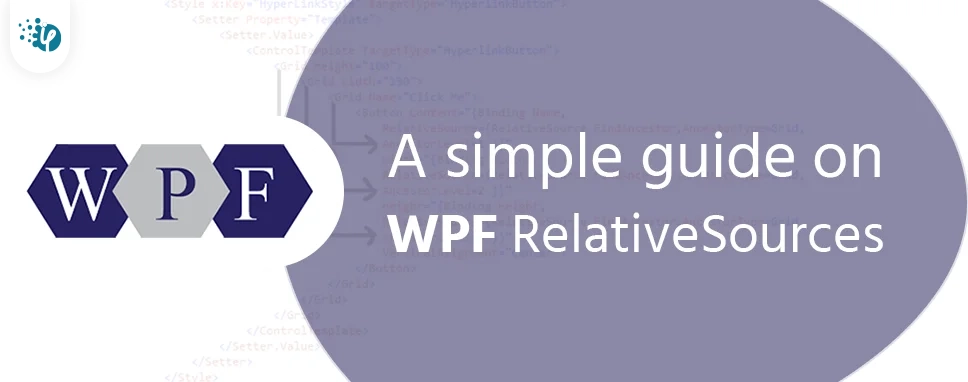
Kapil Panchal - August 19, 2021
Table of Content 1. RelativeSource Modes 1.1. Self Mode 1.2. FindAncestor Mode 1.3. TemplatedParent Mode 1.4. PreviousData Mode 2. Conclusion WPF RelativeSource is a Markup Extension that assists us in binding data of an element with another source element using its relationship. It states about the source position that where it falls relative to a given element. It can be used with the Bindings property of any object to another object’s property or...
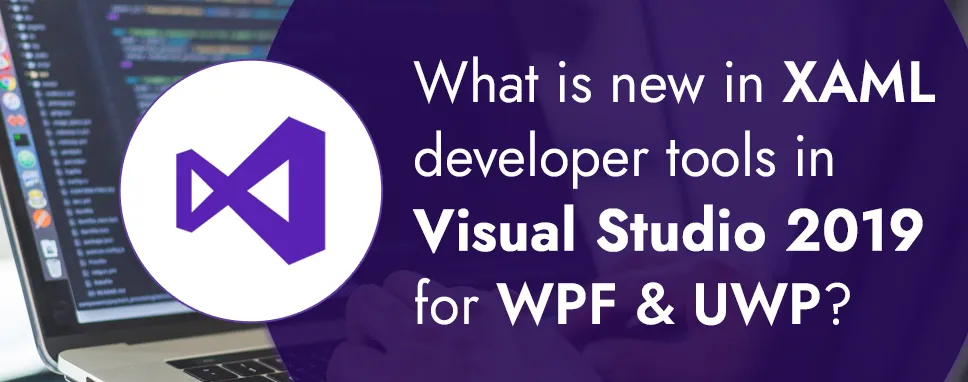
Kapil Panchal - March 03, 2021
Since the beginning of Visual Studio 2019, the visual studio has introduced a lot of the latest options for XAML developers functioning for the WPF or UWP Custom desktop application development. XAML Live Debugging Tools XAML Hot Reload What is hot Reload? XAML Hot Reload helps you produce your WPF or UWP application interface (UI) helps you to edit the XAML code where your application is running. Hot Reload is accessible on Visual Studio likewise as a mix of Visual...

Kapil Panchal - February 26, 2021
In this blog, we will discuss the new most recent release version of visual studio 2019. And we will also highlight other release features including XAML designer, code editor, XAML Hot Reload, improvements to XAML live debugging tools, packing, and extensibility. After one year the release of the next baseline the version 16.7 will be supported with fixes and security updates. Version 16.4 was the last serving baseline, now that version 16.7 is available. Version 16.5 and 16.6 are no...
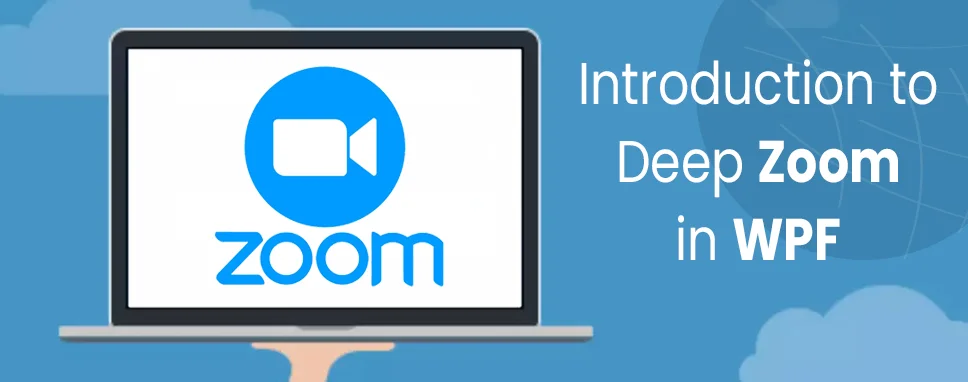
Kapil Panchal - February 19, 2021
Deep Zoom is a feature of Silverlight. It is used for partitioning and, zoom images smoothly and with better performance, but the Deep Zoom feature is not yet available for WPF, we can use it with Deep Zoom composer and with control: MultiScaleImage. In this blog, we will discuss the Deep Zoom feature briefly. Deep Zoom provides the ability to view high-resolution images interactively. We can zoom in and out images without affecting the performance of the application. It enables smooth...
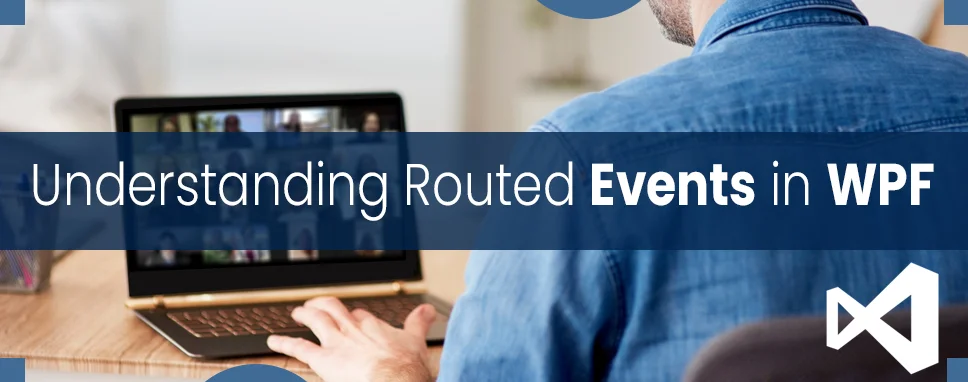
Kapil Panchal - February 19, 2021
What are routed events in WPF? A routed event is a type of event that, in an element, a tree has multiple listeners and that is handle by the routed events. A routed event is a basically CLR event and it is supported by an instance of the Routed Event class. In the WPF application, they contain multiple elements some elements are declared in XAML, and some elements are declared in code, and these all elements are related to each other in a tree relationship. Tree Structures To...
Recent Posts
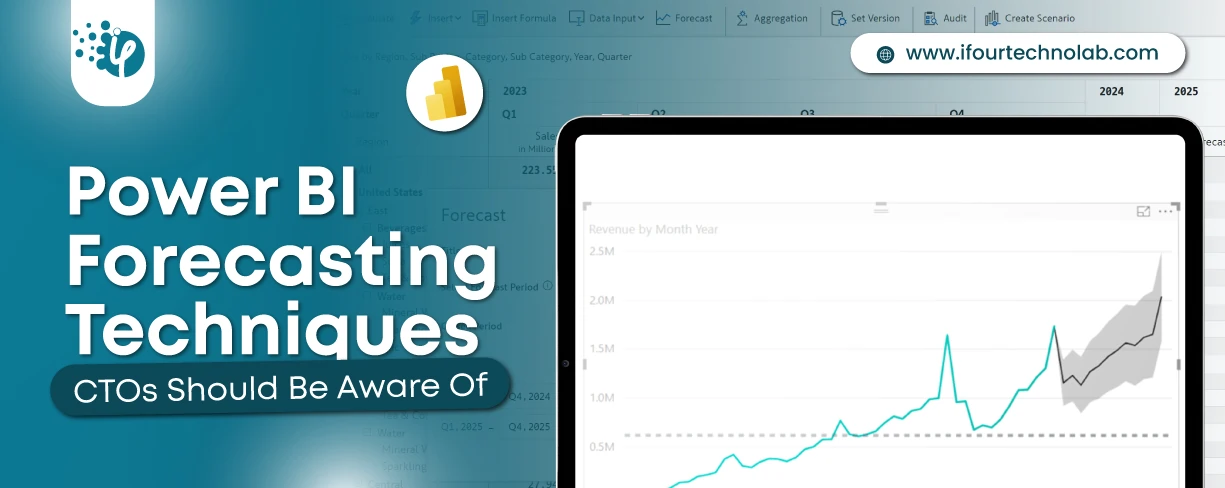
How to Do Forecasting in Power BI (Steps & Accuracy Metrics)
December 02, 2025
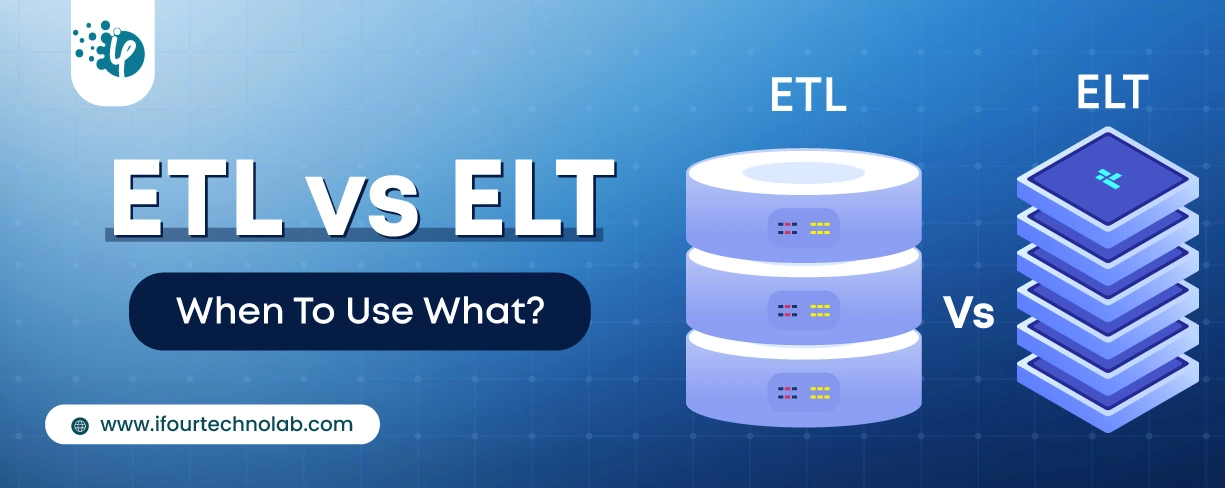
ETL vs ELT: Key Differences, Benefits & Use Cases Explained
November 26, 2025
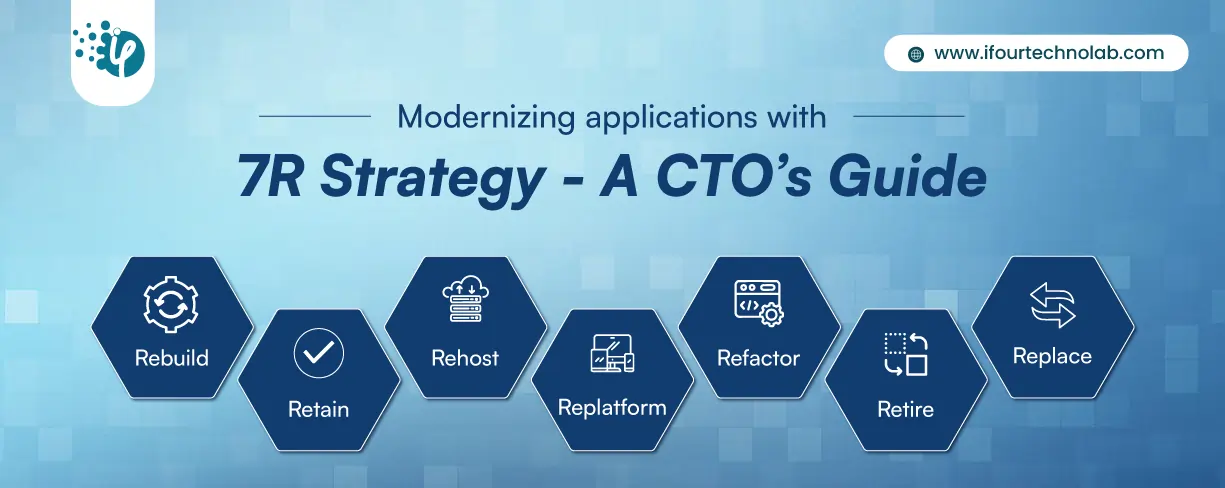
Modernizing applications with the 7 R strategy – A CTO’s Guide
October 16, 2025

Top Shift Left security Best Practices CTOs should consider
October 10, 2025

Real-world Consequences of Ignoring DevSecOps In Your Strategy
September 29, 2025
Categories

